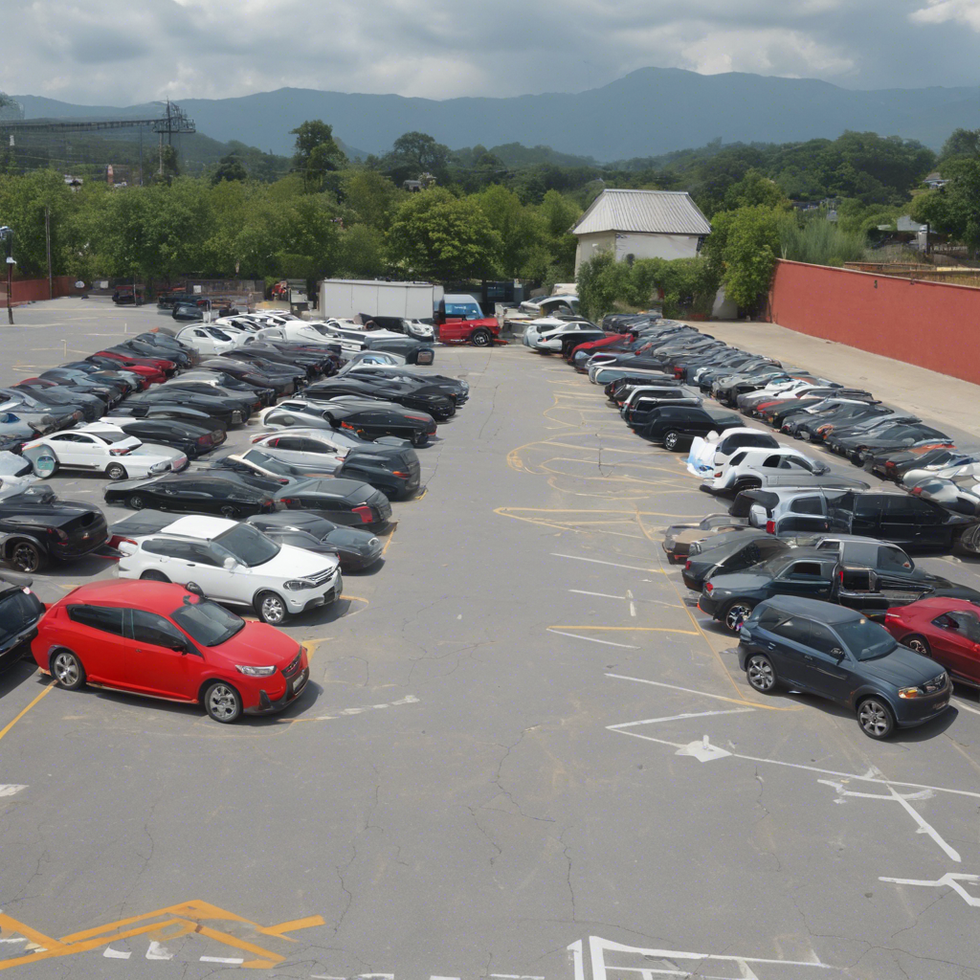It has been estimated that out of the 435 seats in the house, only 35, or 8 percent, were swing districts in 2012. With such a large amount of districts being politically safe--that is, they historically only elect one party and that party is effectively guaranteed a win--the primary election process functions as the only method in which voters can affect who will represent their district. Yet despite the importance of these elections, voter turnout rates are surprising low. In 2012, only 15.9 percent of eligible voters voted in the primary compared with the 58.2 percent that came out when the general election rolled around.
So why is the general election almost four times as popular? The layout of state primaries plays a part. In some states, citizens must be registered to the political party in order to vote. This is known as a closed primary. An open primary, however, should not affect voter turnout. Open primaries allow voters to cast ballots in any party primary regardless of party affiliation. And while this may help independents and swing voters make it to the polls on Super Tuesday, all primary processes have their strengths and weaknesses.
While closed primaries prevent interference from members of other parties, they also cater to more radical candidates. Since primary participation is low, only the most committed party members vote. To them, more centered politicians are often seen as weak, making it more difficult for these politicians to make it to the general election. On the other hand, open primaries can lead to more centrist candidates. For example, independent and swing voters, along with Democrats who want to vote in the Republican primary, would be inclined to choose the more moderate candidate. But open primaries also open the door for sabotage. Members of the opposing party can try to elect a weaker candidate for the general election to improve their candidate’s chances.
If the primary election structure is not entirely responsible for low voter turnout, something else must be keeping people away. Research from Yale points to a few social reasons people stray from the polls on primary day. Voters simply do not view primary elections as being important. They feel a disconnect between their actions and who is elected to office. Primaries do not directly consequent sending someone to the hill; it is less rewarding to vote in primaries. It is also more socially acceptable to abstain. People do not proudly display their “I voted” stickers on primary day. Citizens do not feel pressured by others to make sure they vote. And because there are usually more candidates running in primaries, people are required to be knowledgeable about a greater number of political stances. Uneducated voters may be willing to defer to others who care and know more about the contenders.
The Indiana primary will presumably be held in early May. And while that is a long way off, the candidates have already started campaigning. So I encourage you to listen to what they say, stay informed, and be proud to take part in the democratic process.






 StableDiffusion
StableDiffusion Photo by
Photo by  Photo by
Photo by 
 full parking
StableDiffusion
full parking
StableDiffusion









